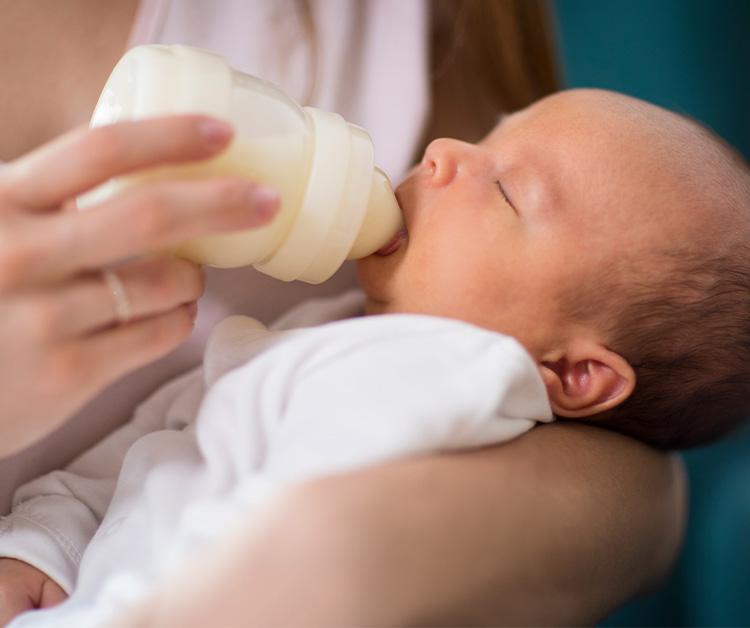Due to maintenance, rewards points for receipt uploads will be delayed. Thank you for your patience!

We're proud to empower parents with tips and guidance when it comes to feeding, finding, and deciding on infant formulas that could be right for your family.
Get the scoop on the science that helped us earn our place as the #1 Pediatrician-recommended infant formula!
Explore feeding schedules, timelines and routines.
Things to consider when switching infant formula brands or trying a new infant formula product.
Explore specialized formulas tailored to address specific feeding issues.
Master the art of bottle feeding with expert tips and techniques to ensure a smooth and comfortable feeding experience for you and your baby.